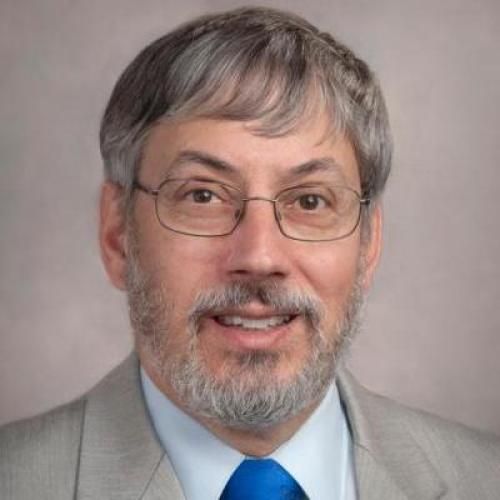Overview
A second major area of interest is the pathogenesis of renal glomerular diseases. In collaboration with members of the Division of Nephrology at Duke, I have helped assemble and characterize a large registry of patients with familial focal segmental glomerulosclerosis (FFSGS)(Conlon et al., Kidney Int. 1999;56:1863-1871). Analysis of one of the families in this registry led to the discovery at Duke, in the laboratory of Dr. Michelle Winn, of mutations in the TRPC6 cation channel as a cause of FFSGS (Winn et al., Genomics 1999;58:113-120; Winn et al., Science 2005;308:1801-1804). We are continuing to collect data on additional families with focal segmental glomerulosclerosis. In addition, I have served as principle consultative pathologist for several investigators working in animal models of renal disease and transplantation (e.g., Crowley et al., Hypertension 2010;55:99-108).
Finally, I have devoted considerable time and energy to applications of correlative microscopy to diagnostic pathology, with particular emphasis electron microscopy. I am currently President of the Society for Ultrastructural Pathology, an international organization that promotes the use of ultrastructural examination in both diagnostic pathology and clinical and basic research. Much of my published work in this area involves the role of electron microscopy in the diagnosis of renal diseases (e.g., Howell et al., Ultrastruct. Pathol. 2003;17:295-312; Pavlisko and Howell, Ultrastruct. Pathol., in press), but I have also written extensively, with my colleague Dr. Sara Miller, on the ultrastructural diagnosis of infectious disorders, contributing, among other things, to the first description of a new polyomavirus-induced skin disorder, trichodysplasia spinulosa (Haycox et al., J. Investig. Dermatol. Symp. Proc. 1999;4:268-271).
Current Appointments & Affiliations
Professor of Pathology
·
2006 - Present
Pathology,
Clinical Science Departments
Senior Vice Chair in Pathology
·
2016 - Present
Pathology,
Clinical Science Departments
Education, Training & Certifications
Duke University ·
1984
M.D.
Duke University ·
1982
Ph.D.
Duke University ·
1976
B.A.

